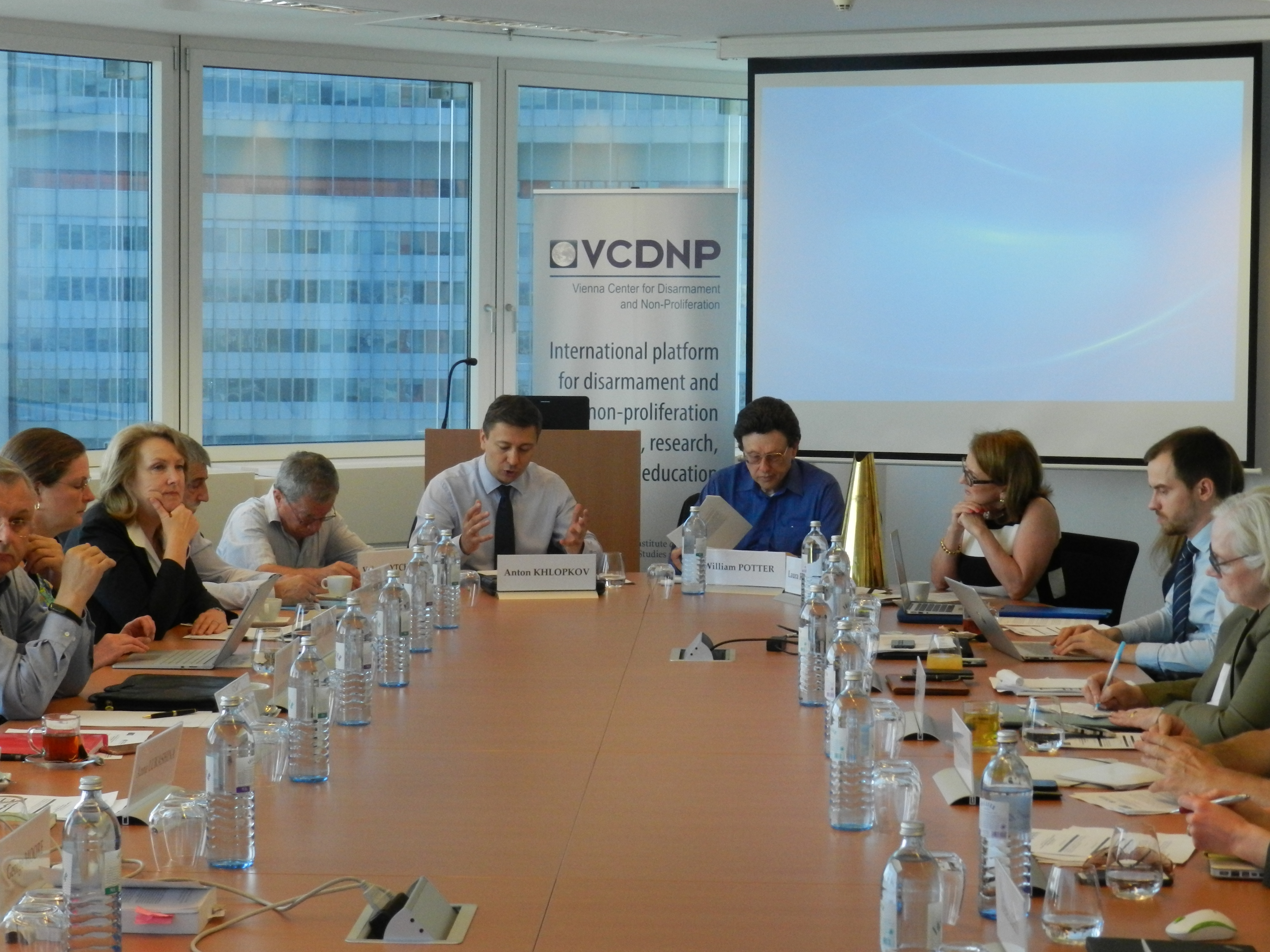
Discussion Paper prepared by VCDNP Executive Director Laura Rockwood for the US-Russia Dialogue on Nuclear Issues Track 1.5 event hosted by the VCDNP on 24 June 2017.
The International Atomic Energy Agency (IAEA) has been implementing safeguards for almost 60 years. Safeguards have developed from the early item specific safeguards of the 1960s, to comprehensive safeguards in the 70s and 80s, to strengthened safeguards, which the IAEA has been implementing since the early 1990s in response to Member States’ demand for a more robust verification regime. Each of these developments has come about as a function of States’ need for individual and collective security and shifting perceptions as to how the threat posed to that security by the proliferation of nuclear weapons should be addressed.
IAEA safeguards are not based on confidence; they are designed to create confidence. The degree of confidence created is directly dependent on the scope and reliability of the verification process. But safeguards are only as effective as the Member States want them to be.
A review of history demonstrates that the greatest achievements in IAEA safeguards have only come about with the support and assistance of the United States and the Russian Federation. There is little doubt that both Governments want IAEA safeguards to be efficient and effective, as well as transparent to the Member States. However, while both countries value these principles, their views on a number of specific safeguards issues have differed, some of which have surfaced during meetings of the IAEA’s policy-making organs and other technical meetings.
The purpose of this paper is to facilitate a discussion about opportunities for Russia and the United States to work together to maintain the technical effectiveness of IAEA safeguards and to ensure that the IAEA is prepared to face current and future proliferation challenges.
Read the full paper here.